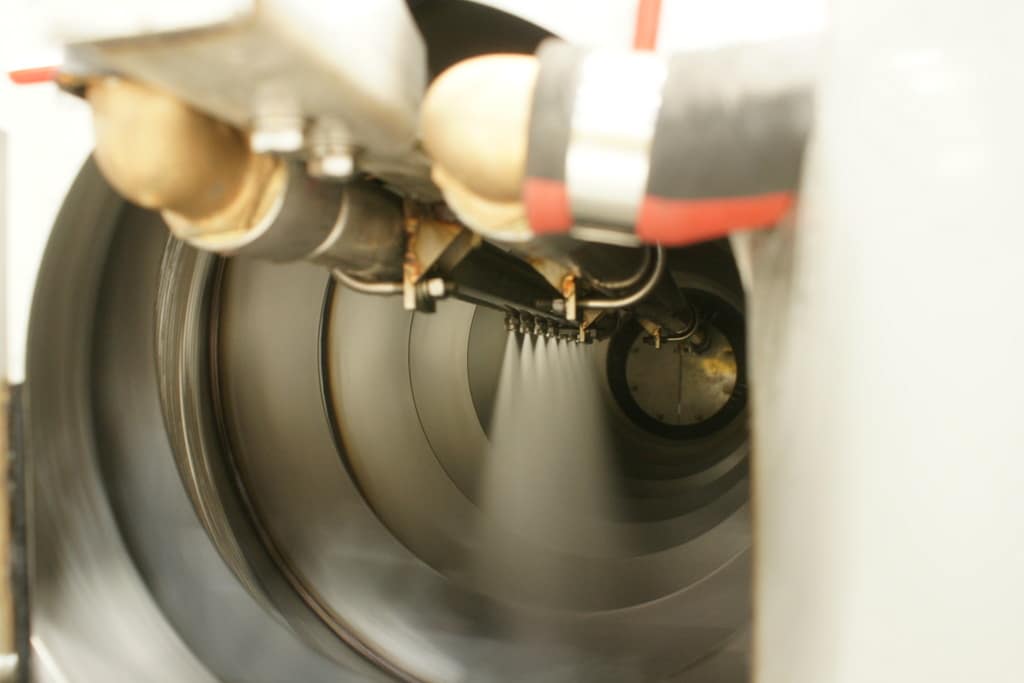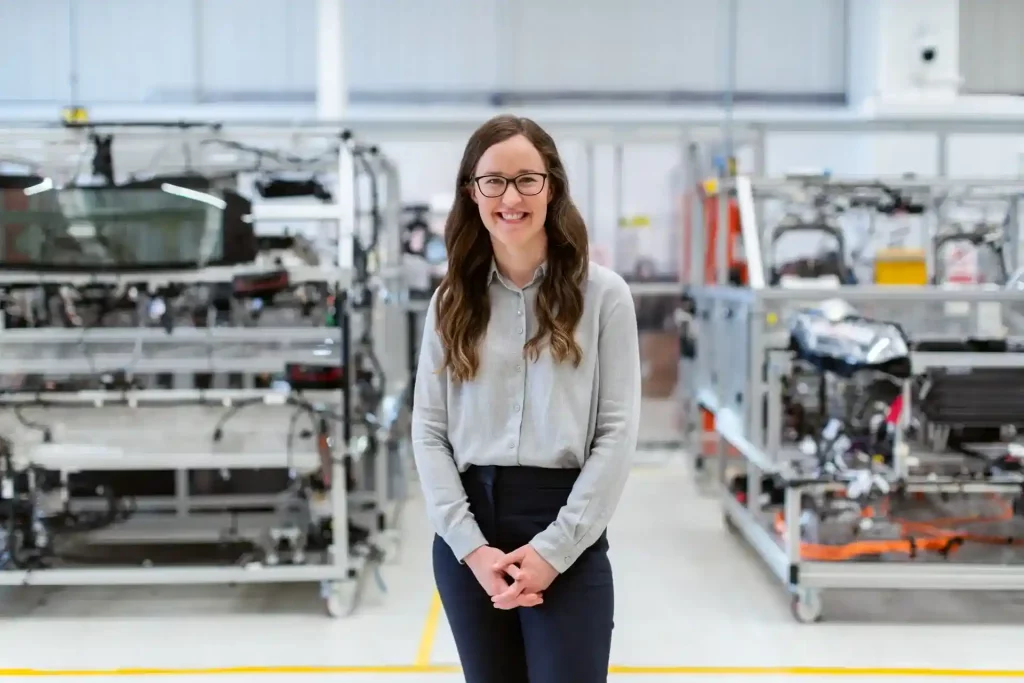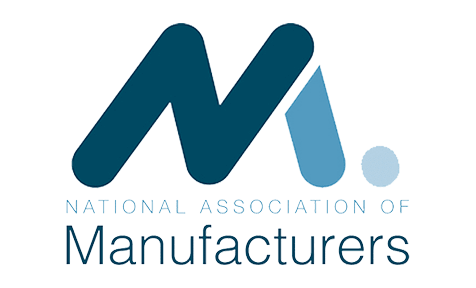Industrial parts washers are created in various sizes and are used in various industries. Yet, the drum washer, or the rotary parts washer, might be the best drum washer system for your needs if you are cleaning small parts in high volumes.
Drum Washer System
Rotary drum washer systems use an aqueous solution combined with a double helix which acts as a conveyor. At the same time, the helix agitates the cleaner and water around your parts through immersion. This action flushes the inside of hollow parts.
Design
The drum is a long cylinder with a spiraling helix attached to the inner walls. During cleaning, all parts inside the drum are exposed to the aqueous solution due to the rotating helix. With this in mind, while gently tumbled along the helix, parts are then either immersed, sprayed or both in a single or multi-stage system. Although this may seem like a lot of movement, the safety of a delicate part is never a concern. Unlike other systems, drum washers do not use baskets, which allows for a more precise clean as each piece receives the same attention.
Additionally, technicians overall have more time to complete other tasks without constant monitoring due to drum washer systems’ continuously cleaning parts in addition to being automated. Overall, Better Engineering drum washer systems are fully customizable and modular, meaning Better Engineering can meet your needs. Since things are constantly changing within your industry, today’s cleaning may not be sufficient for tomorrow. With Better Engineering’s modular systems, if needed, you’ll still have room for additions without welding or fuss.
Better Engineering’s drums come in 4 standard sizes, 14”, 24”, 34”, and 48” diameters, with bespoke perforation sizes. Generally, Better Engineering can customize helix pitch and height to meet most sizing expectations. Notwithstanding a few exceptions, all drum washer systems are made from stainless steel (grade 304) to promote longevity. To aid with energy conservation, up to 90% of the air used gets recirculated during the drying stage to avoid air blowout when running.
How it works
- Once in the drum, parts rotate with the pre-mixed and measured cleaning solutions. Drum washing systems can repeat this stage as often as needed as there can be multiple cycles for washing and rinsing. Nozzles are placed throughout the drum to dispense the correct, pre-mixed cleaner.
- The cleaning solution drains after each cycle. As the parts travel along the double helix, the drum sprays or immerse the components, beginning the next cleaning stage without delay.
- Once parts have completed their cycles, including drying, the drum reverses its rotation and discharges the components.
Choosing the right washer
Is the drum washer right for you? Although this question may be plaguing you as you look at the many options offered, here are some key considerations to help you make your decision:
- Best for high-volume use. Rotary drums easily handle high-volume applications and thus can be customized to fit your specific output needs.
- Continuous clean. Cleaning cycles that require no attention are the most efficient way to ensure your production floor has no bottlenecks. Better Engineering’s rotary drum systems offer a continuous cleaning cycle that allows you to keep up with production demands.
- Reduced touchpoints. Better Engineering’s rotary drums are automatic and therefore require little to no technician interaction. Automated drum washer systems free up time, allowing your technicians to focus on other tasks to keep production running smoothly.
- Easily customizable to fit your production needs. Altogether, while they can be larger than your typical systems, full customization allows you to meet your square footage constraints on your production floor.
Applications
In sum, drum washer systems, while commonly used in manufacturing due to their ability to handle high-volume, continuous cleaning, and drying of small to medium parts, are used in many applications.
Better Engineering’s drum washing systems can accomplish washing, rinsing, and drying while guaranteeing each solution is kept separate. Better Engineering can also add more stages to ensure your parts’ cleanliness further.
| Cleaning for: | Industry Applications: |
|
|
Resources
View our Brochures
View our Video
Cleaning for:
- Stamped parts
- Small cast die parts
- Screw machine parts
- Small plastic parts
- Ammunition
- Fasteners
- And more
Industry Applications:
- Ammunition and Guns Parts
- Aerospace
- Aerospace Parts Cleaning
- Precision Parts Cleaning for Space
- Automotive and Truck Operations
- Metal Working and Stamping






